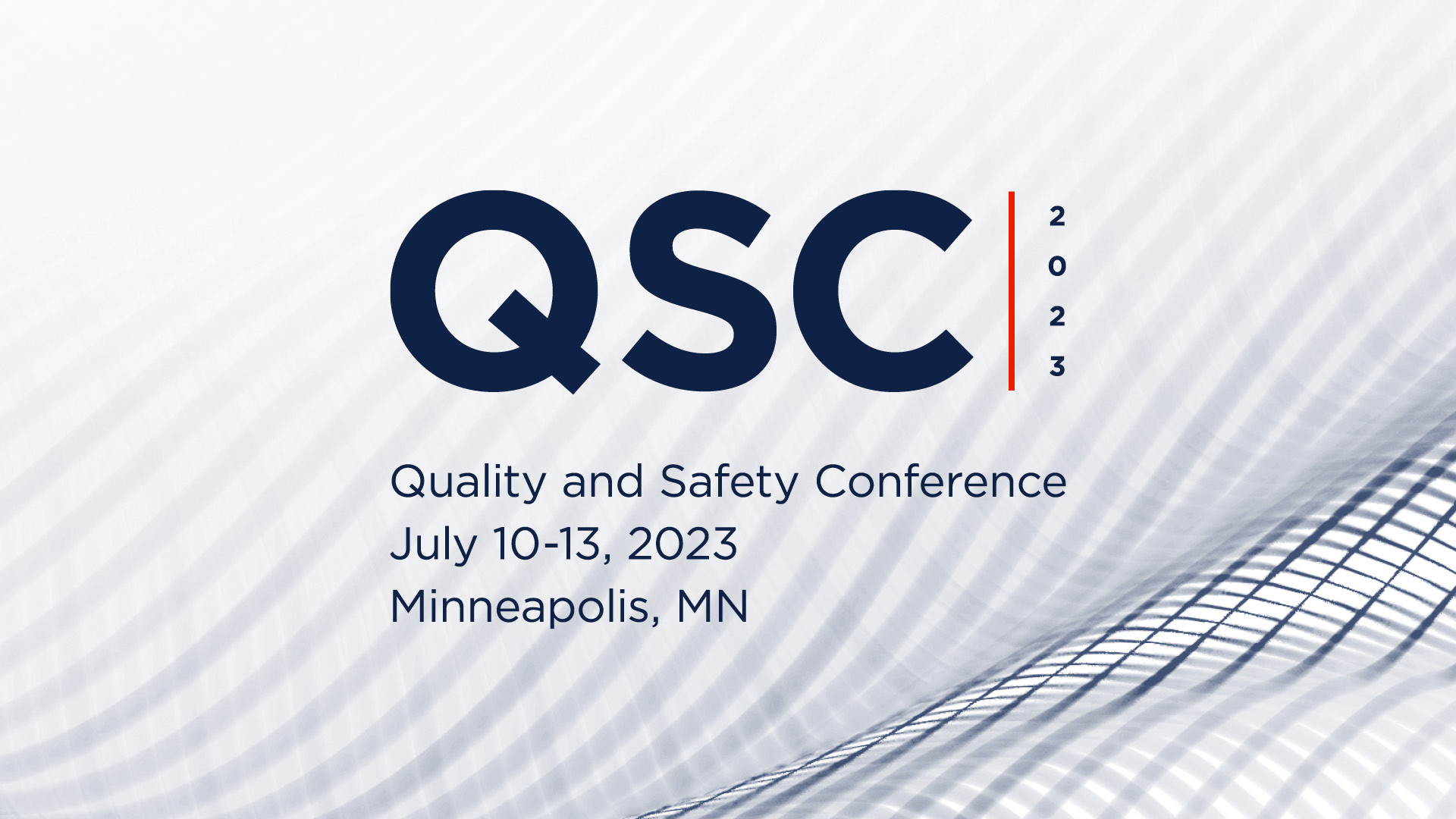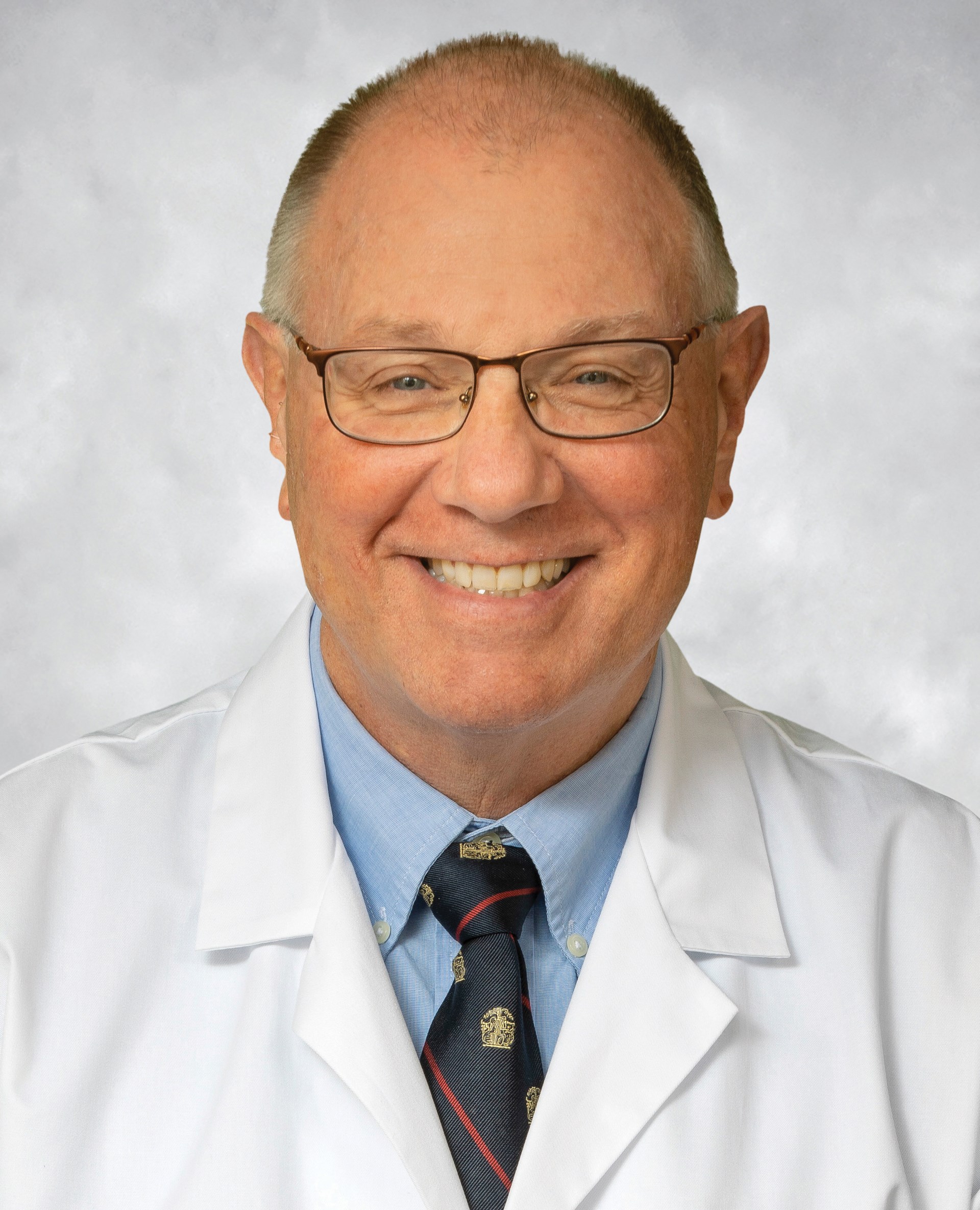Editor’s note: The 14 ACS Advisory Councils, which serve as liaisons in the communication of information to and from surgical societies and the Regents, periodically submit articles on the notable initiatives taking place in their respective specialties. This feature is a submission from the Advisory Council for Plastic and Maxillofacial Surgery.
Rarer surgical conditions are harder to master since their incidence is lower. For facial clefting, the incidence is roughly 1 in every 500–700 live births, with rates varying worldwide. Repair of facial clefts, including primary lip repair (either uni- or bilateral), primary palate repair, alveolar bone grafting, and cleft rhinoplasty, among other procedures, is technically challenging. Achieving sufficient proficiency necessitates training through repeated exposure.
Traditionally, facial cleft repair training has been achieved through reading about repair techniques, observing others performing repairs, and, ultimately, performing the repair oneself with appropriate oversight. Unfortunately, modern residency training is challenged by stricter duty hours regulations and increased supervision.
Cadaver and/or animal models allow surgical trainees to rehearse procedures but may incur high costs and low availability, and these models may not be accurate representations of the actual pathology. However, alternative resources recently have been developed that may supplement surgical residency training, and promote safe, competent graduates.
Simulation-based training has found a role in aviation and space training and has entered general surgery curricula to bolster the fundamental skills of laparoscopy and even robotic surgery. Simulation-based training focuses on improving the three stages of motor skills acquisition—cognition, association, and automaticity—as proposed by Fitts and Posner. In addition, it addresses the three phases of simulation training—skills, procedures, and team training—described in the ACS/Association of Program Directors in Surgery Skills Curriculum.
For cleft care, computer-generated 3-D simulators have been developed but lack hands-on manipulation of the tissues. More tactile cleft simulators have been developed as surgical teaching tools that can increase exposure to the pathology and improve operative competence. Currently available simulators display significant variability in their characteristics and fidelity. Most target procedure association and automaticity phases of simulation-based cleft surgery training. Many are soft latex, colorized reproduction of a cleft defect that can be incised, manipulated, and sutured on a representative scale.
To be effective, however, simulators need to be accessible and affordable. Their cost tends to range from gratis to upwards of $300. Costs may be eased by designs that incorporate a reusable base/frame with a disposable cartridge of the surgical defect. Thus, only a portion of the device needs to be purchased and used for each learner. In addition, rapid prototyping (3-D printing) can reduce manufacturing costs.
Once simulation is more widely adopted, formal evaluation should accompany its use. To date, specific measures of cleft surgery performance are lacking. General evaluation measures, such as the Global Ratings Scale as developed by Reznick, may suffice but are not specific enough for technical surgical procedures related to facial clefting.
For cleft lip repair, a 10-point scale was developed to evaluate performance in marking an extended Mohler unilateral cleft lip repair. The Cleft Palate Objective Structured Assessment of Technical Skills scale for cleft palate repair performance is better, as a task-specific checklist to assess the technical performance of each step of a cleft palate repair.
As more approaches evolve, the barriers for mastering rarer surgical conditions should fall and the benefit to patients worldwide should expand.











